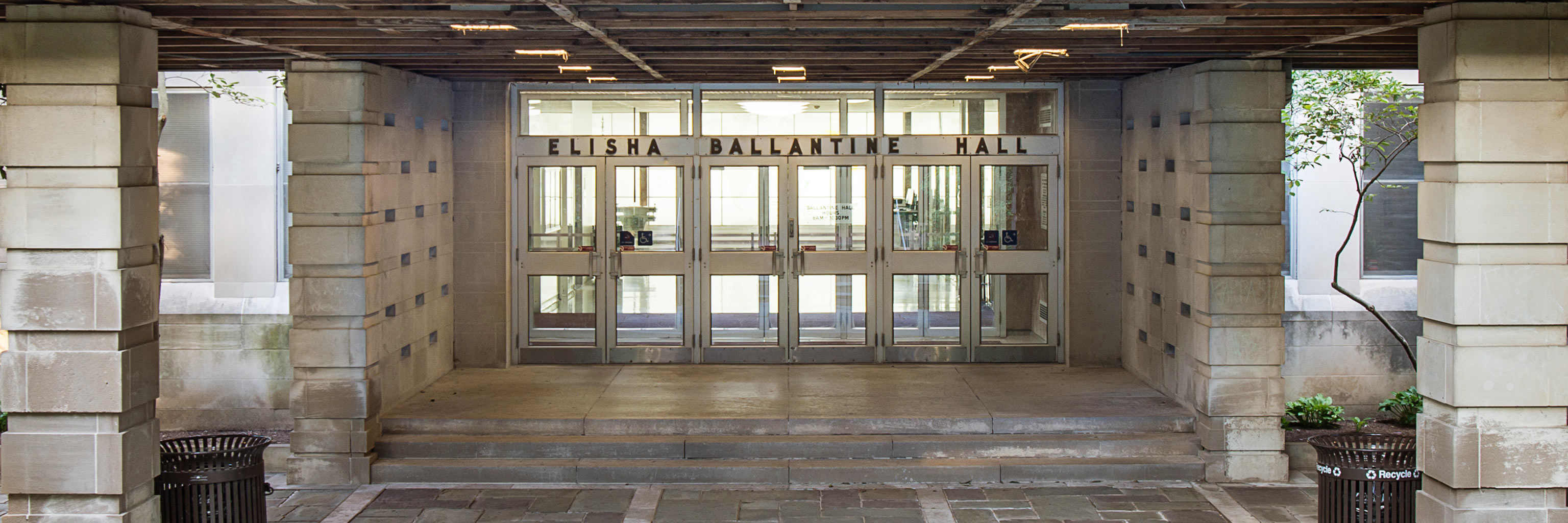Comparative literature is the study of literature and other arts and media across cultural, historical, and disciplinary boundaries. Our courses explore the literatures and cultures of various moments in history and parts of the world, looking closely and comparatively at literature, film and other media, the visual arts, architecture, music, and other performance arts.
Comparative literature also investigates the connections between literature and other ways of understanding the world and human experience, including philosophy, history, religious studies, cultural studies, and the social and natural sciences. Comparative methods enrich the study of many other fields, enabling students and scholars to draw connections between aesthetic works and other forces that shape and define both knowledge and culture.
Our faculty will encourage you to think in original and exciting ways about the relationship between literatures, media, the arts, ideas, and the cultures and environments that produce them. You will learn to make innovative connections among a diverse array of human arts and experiences, comparative literature prepares students for a globalized world.


 The College of Arts
The College of Arts